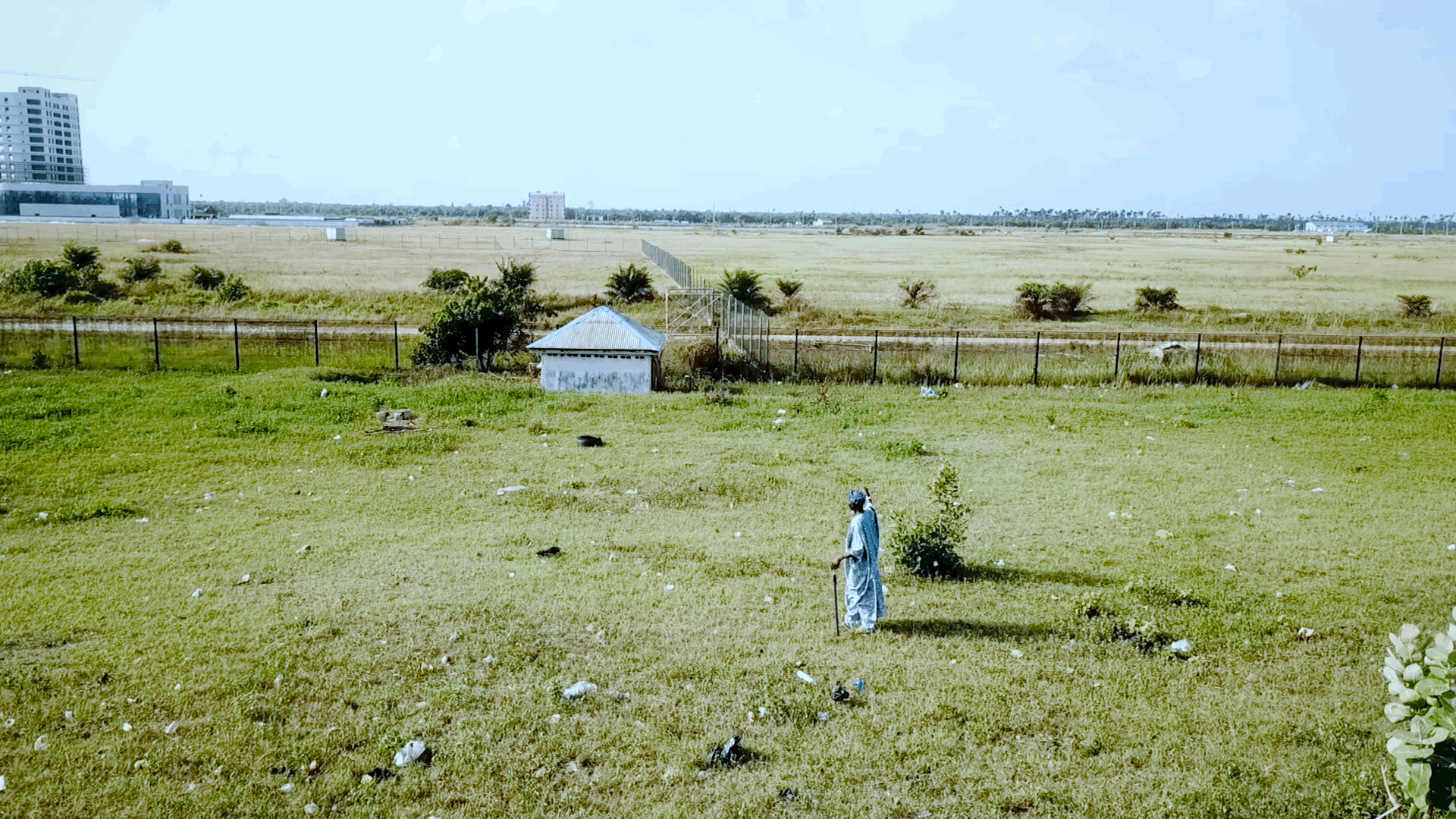“Lekki Free Zone Investment Brochure,” ➝.
Lekki Free Zone Development Company, ➝.
Lagos Free Trade Zone, ➝.
Lekki Port, ➝.
United Nations Human Settlements Programme, State of the World’s Cities 2012/2013: Prosperity of Cities (Nairobi, New York: Routledge, 2013), 129, ➝.
This ambitious development plan was adopted in 2009 with the aim of transforming Nigeria into one of the first 20 economies in the world by the year 2020
Thomas Farole, Special Economic Zones in Africa: Comparing Performance and Learning from Global Experience (World Bank, 2011), ➝.
Farole, Special Economic Zones in Africa, 11.
Deborah Bräutigam and Tang Xiaoyang, “African Shenzhen: China’s Special Economic Zones in Africa,” Journal of Modern African Studies 49, no. 1 (2010): 29.
The other three are in Ethiopia, Mauritius, and Zambia.
These include the “Lekki Free Zone Investment Brochure,” which details investment opportunities and how one can propose a project in LFZ, and is produced by Lekki Free Zone Development Company, the Lagos State Government, and China-Africa Investment Limited; Urban Planning Processes in Lagos, a detailed report on the city’s “Policies, Laws, Planning Instruments, Strategies, and Actors of Urban Projects, Urban Development, and Urban Services,” published by Heinrich Böll Stiftung Nigeria and Fabulous Urban, a Zürich-based architecture firm; and “Land Acquisition, Compensation And Resettlement In Developing Economies: Nigeria As A Case Study,” an essay by David Kayode Oluwamotemi that uses the Lekki Free Zone Corridor as an exemplary reference for government land acquisition and compensation in Nigeria.
UN Habitat warns that promoting economic prosperity through such an entrepreneurial view of the city often happens at the expense of the habitat and livelihoods of the poor. See United Nations Human Settlements Programme, State of the World’s Cities.
Bank of Industry, Annual Report & Accounts (2018).
AbdouMaliq Simone, “People as Infrastructure: Intersecting Fragments in Johannesburg,” Public Culture 16, no. 3 (2004): 425.
Simone, "People as Infrastructure," 425.
